Unveiling Coffee’s Caffeine Content
Ever wonder why that morning cup hits you harder than your afternoon one? It’s not just your imagination! The amount of caffeine you get from your coffee depends on a few surprising factors, beyond just the type of bean. Believe it or not, the way your coffee is ground and roasted can make a big difference in how much caffeine ends up in your cup.
Here’s the science behind it: finer grinds have more surface area, which means more coffee gets exposed to hot water during brewing. This translates to a stronger cup with a bigger caffeine kick. But wait, there’s more! The roast level also plays a role. While some might think darker roasts are more potent, that’s not quite true. We’ll explore why in a second.
Get ready to unlock the secrets to your perfect cup! We’ll dive into how grinding and roasting work together to affect the caffeine content and flavor of your coffee. So, whether you’re a morning pick-me-up seeker or a smooth afternoon sipper, you can learn how to brew the perfect cup for you.
Coffee: Friend or Foe? Exploring the Buzz on Benefits and Risks
Coffee – it’s the fuel that gets many of us going in the morning. But beyond that delicious pick-me-up, there’s a lot of science brewing behind that cup. Studies have shown that coffee might offer some pretty cool health benefits, thanks to the amazing things packed inside those beans. We’re talking about improved focus, a possible reduced risk of certain diseases, and even a boost to your workout!
Coffee – the beloved morning elixir that jumpstarts our day. Yet, beyond its enchanting aroma and exquisite flavor, coffee conceals a world of scientific wonders. Research indicates that this magical beverage may bestow various health advantages, courtesy of its remarkable composition. Enhanced concentration, potential protection against specific ailments, and even an extra push during workouts are just a few of the fascinating benefits that coffee may offer.
Perks of Your Daily Cup: Brainpower and Beyond
Coffee seems to give our brains a little nudge. It can help with focus, memory, and even reaction time. Plus, those beans are loaded with plant compounds that might contribute to overall health benefits. There’s even some research suggesting coffee could help lower the risk of certain chronic diseases, but more studies are needed to be sure.
B. The Power of Plant Power and Caffeine
Coffee’s magic bullet might be a combo attack. The caffeine we all know and love works alongside those plant compounds we mentioned earlier, acting like antioxidants that fight free radicals in the body. This teamwork might be why coffee consumption has been linked to improved heart health and even a longer lifespan – pretty cool, right? Of course, understanding how caffeine affects you personally is important too.
C. Your Coffee, Your Way: Tailoring Caffeine for You
We all react differently to caffeine. Some folks can handle a strong cup without a hitch, while others might get jittery after a sip. It all depends on your genes and how much caffeine your body is used to. The key is finding your sweet spot – the amount of coffee that gives you the benefits you want without any unwanted side effects.
This approach lets you enjoy your coffee and potentially reap the health benefits, all while feeling your best.
Coffee and Cancer: Separating Fact from Fiction
Coffee and cancer – a hot topic with a lot of mixed messages. The truth is, the relationship gets pretty complicated. There’s some promising research suggesting the good stuff in coffee beans, those plant compounds again, might offer some protection against certain cancers. Plus, studies have shown coffee drinkers might have a lower risk of developing some types of the disease. This is exciting stuff, but it’s important to remember that research is ongoing.
Here’s where things get a little tricky: caffeine. While it gives us that pep in our step, some studies suggest high doses might be linked to increased cancer risk. So, the key takeaway is moderation – enjoying your coffee without going overboard.
Let’s move on to something a little more straightforward: decaf. There are different ways to remove caffeine from coffee beans, and each method affects the taste and the amount of caffeine left behind. Knowing these techniques can help you choose the decaf that’s right for you, whether you prioritize flavor or minimal caffeine content.
Moving on to a simpler topic, let’s discuss decaffeinated coffee. Various methods exist for extracting caffeine from coffee beans, and each approach impacts both the flavor and the remaining caffeine quantity. Familiarizing yourself with these techniques will assist you in selecting the most suitable decaf option based on your preferences for taste or minimal caffeine presence.
One last thing to consider: those fancy coffee drinks. They may be delicious, but all those syrups and whipped cream can pack a hidden calorie punch. Being mindful of what you add to your coffee can go a long way in keeping your coffee habit healthy.
Here’s an improved version of the “Storage and Preparation Tips for Coffee” section:

Coffee Care: Keeping Your Beans Fresh and Flavorful
Want to ensure your cup of joe is always bursting with flavor? Here are some simple tips for storing and preparing your coffee:
A. Freshness First: Storing Your Coffee Like a Pro
Coffee is a bit like a delicate flower – it doesn’t like air, light, moisture, or heat. To keep your beans (or ground coffee) fresh, think dark, cool, and airtight. Invest in an opaque, airtight container and find a cool, dark spot in your pantry – away from the stove or that sunny window. Resist the urge to store coffee in the fridge or freezer, as that can introduce moisture and affect the taste.
B. Brewing Bliss: Achieving the Perfect Cup Strength
Ever feel like your coffee is either too weak or too bitter? It’s all about the coffee-to-water ratio! Experimenting with different ratios is key. A good starting point is 1-2 tablespoons of coffee grounds for every 6 ounces of water. But don’t be afraid to adjust based on your taste preference. A kitchen scale can be helpful for precise measurements, but a good heaping tablespoon works too! Following your brewing method’s specific guidelines will also ensure optimal extraction and the most flavorful cup possible.
C. Keeping it Healthy: Making Smart Choices with Fancy Coffee Drinks
We all love a delicious latte or mocha, but those sugary syrups and creamy add-ons can pack a serious calorie punch. Here’s how to enjoy your specialty coffee without derailing your health goals:
- Skip the extras: Opt for plain coffee or espresso-based drinks. The natural flavors are delicious on their own!
- Milk matters: Choose low-fat or dairy-free milk alternatives to cut down on calories.
- Size it down: Be mindful of portion sizes. Those venti drinks might be tempting, but a smaller size with less added sugar will satisfy your cravings without the calorie overload.
By following these simple tips, you can store your coffee properly, brew the perfect cup, and still enjoy those occasional fancy coffee drinks without sacrificing your health!
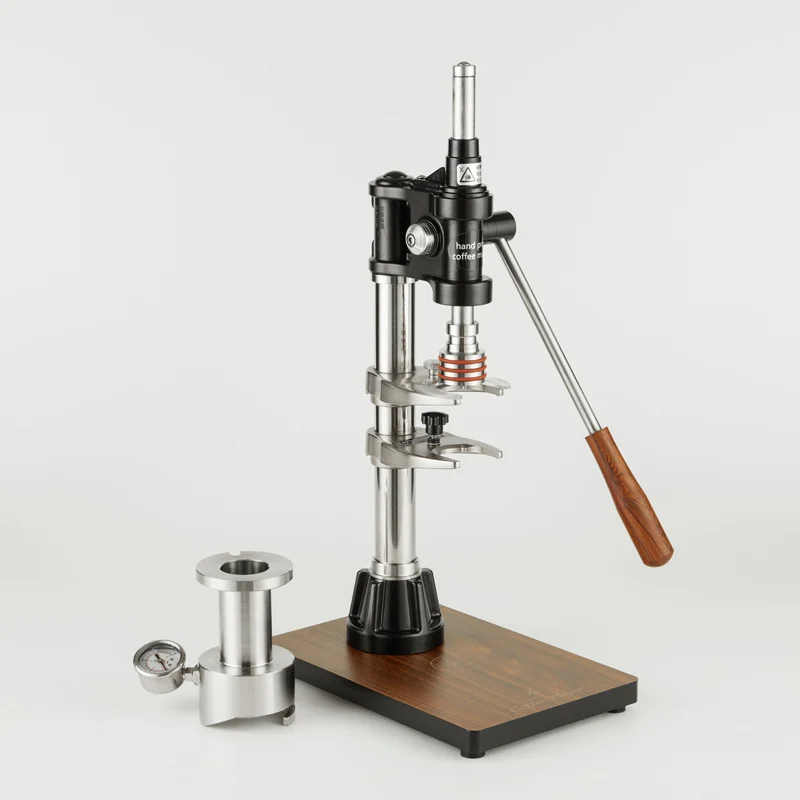
Grind It Out: How Grinding and Roasting Affect Your Coffee’s Kick
For coffee enthusiasts seeking the perfect cup, understanding how grinding and roasting work is like having a secret weapon. These two processes can completely transform your coffee’s caffeine punch and flavor profile. By mastering the grind and roast, you can unlock a world of personalized coffee experiences!
A. The Grind: How Small Makes It Strong
Imagine this: the finer you grind your coffee beans, the more surface area is exposed to hot water during brewing. This translates to more caffeine being extracted, resulting in a stronger cup. Particle size also plays a role – the smaller the particles, the higher the potential caffeine content. There’s even a difference in grinding methods! Blade grinders can create uneven grinds, while burr grinders produce a more consistent texture, leading to better extraction.
B. The Roast: Don’t Be Fooled by Darkness
Here’s a common misconception: darker roasts don’t necessarily have more caffeine. Roasting at higher temperatures can slightly reduce the caffeine concentration. The longer you roast, the more caffeine tends to break down. So, for a more potent caffeine kick, lighter roasts are your friend!
When it comes to caffeine content, the roast of your coffee beans can be deceiving. Contrary to popular belief, darker roasts do not necessarily mean higher caffeine levels. In fact, roasting at higher temperatures can decrease the concentration of caffeine. The longer the beans are roasted, the more caffeine tends to break down. So, if you’re looking for a stronger caffeine kick, opt for lighter roasts instead.
C. The Grind and Roast Tango: Dancing for Flavor and Caffeine
The real magic happens when you combine grinding and roasting techniques. They work together to determine your coffee’s final caffeine content. A good balance might be a fine grind paired with a medium roast, offering a satisfying caffeine level without overwhelming bitterness. But the beauty lies in customization! Experiment with different grind sizes and roast profiles to discover your perfect cup, whether you crave a high-octane morning pick-me-up or a smooth afternoon delight.
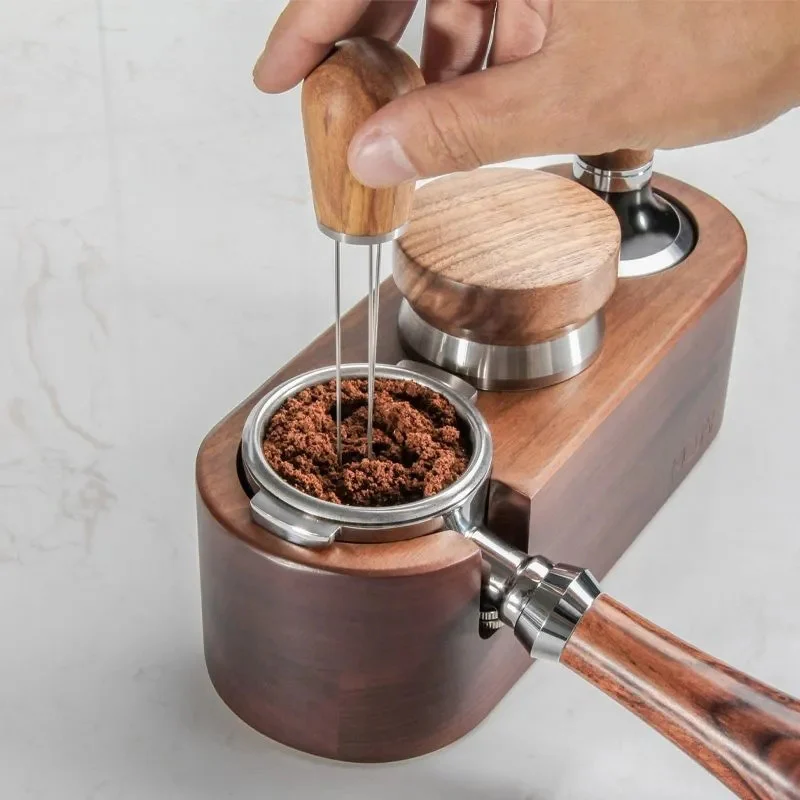
Sleep Tight or Jittery Night? How Caffeine Affects Your Rest
Coffee can be a lifesaver, but that afternoon pick-me-up might come back to haunt you at bedtime. Caffeine is a sneaky sleep disruptor, making it harder to fall asleep and stay asleep, especially if you have that last cup too close to bedtime. But fear not, coffee lovers! Here’s how to be mindful of your caffeine intake for a good night’s rest.
A. Caffeine and Sleep: A Match Made in Snooze-Busting Heaven
Caffeine throws a wrench in your sleep schedule. It messes with your body’s natural ability to wind down, making it tough to drift off and keeping you awake longer. Not only that, it can steal precious deep sleep, the kind that leaves you feeling truly refreshed.
B. Caffeine Hacks for a Restful Night
The key is to be strategic with your caffeine consumption:
| Recommendations | Strategies |
|---|---|
| Avoiding caffeine close to bedtime | Limit consumption in the late afternoon and evening. The closer you get to bedtime, the more it can disrupt your sleep. |
| Moderating caffeine dosage | Opt for lower doses of caffeine throughout the day. Remember, even that cup of green tea packs a punch! |
| Mindful consumption habits | Be aware of individual caffeine sensitivity and adjust intake accordingly. |
C. Your Body on Caffeine: A User’s Guide
Not everyone processes caffeine the same way. Here’s why:
| Factors | Considerations |
|---|---|
| Genetics | Genetic variations influence caffeine metabolism and response. Some folks are wired to be more sensitive to its effects. |
| Tolerance levels | Individuals vary in their tolerance to caffeine effects. The more caffeine you consume regularly, the less it might affect you. But that doesn’t mean it’s a free pass for sleep disruption! |
| Health status | Underlying health conditions can make you more sensitive to caffeine. If you have trouble sleeping, talk to your doctor about any underlying issues. |
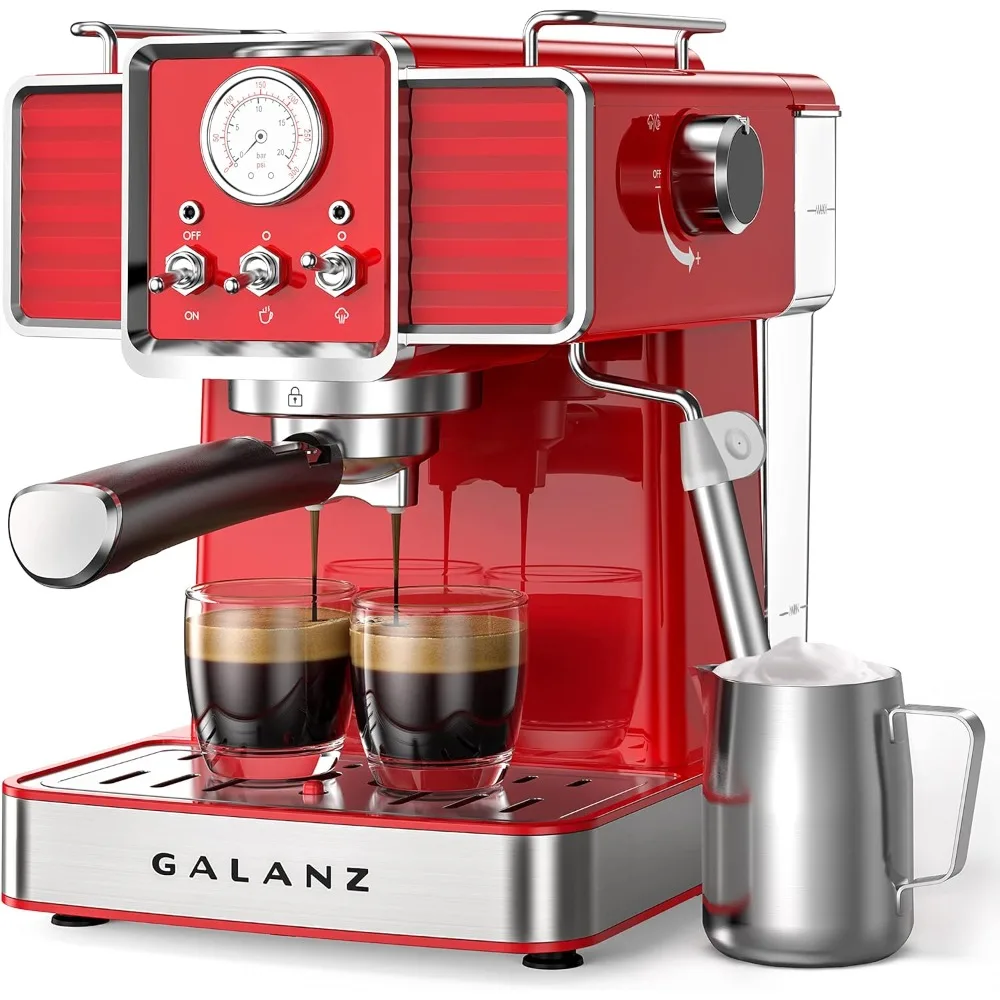
Caffeine as an Energy Supplement Before Working Out
Caffeine serves as an effective performance enhancer, boosting energy levels and focus during workouts. Its stimulating effects can improve physical performance, endurance, and mental alertness, making it a popular choice as a pre-workout energy supplement.
A. Benefits of Caffeine for Physical Performance
| Benefits | Details |
|---|---|
| Increased energy levels | Enhances alertness and reduces perceived exertion |
| Improved physical performance | Enhances endurance and strength during exercise |
| Enhanced mental focus | Improves concentration and reaction time |
B. Considerations for Using Caffeine Before Exercise
| Considerations | Recommendations |
|---|---|
| Optimal dosage | 50-200 mg of caffeine before exercise, depending on individual tolerance |
| Timing of consumption | Consume caffeine approximately 30-60 minutes before workouts |
| Avoidance of side effects | Monitor caffeine intake to prevent jitteriness or gastrointestinal discomfort |
C. Understanding the Effects of Caffeine on Physical Performance
| Effects | Mechanisms |
|---|---|
| Increased adrenaline release | Enhances fight-or-flight response and mobilizes energy |
| Improved glycogen utilization | Enhances energy production and delays fatigue |
| Enhanced neuromuscular function | Improves muscle contractions and coordination |

The Last Sip: Making Coffee Work for You
We’ve covered a lot of ground, from how coffee is ground and roasted to how it affects your sleep and workout. So, what does it all mean for your daily cup of joe? Here’s the takeaway:
A. The Good, the Bad, and the Caffeinated: A Coffee Cheat Sheet
Table: Coffee’s Impact: The Good, the Bad, and the Caffeinated
| Aspect | Details |
|---|---|
| Caffeine Content | Varies depending on bean type, brewing method, and roast |
| Health Benefits | May improve focus, reduce risk of certain diseases, and boost workouts |
| Risks and Considerations | Can disrupt sleep, cause anxiety, and impact cardiovascular health (for some) |
Remember: Coffee isn’t a one-size-fits-all situation.
B. Finding Your Coffee Sweet Spot: Moderation is Key
The key to enjoying coffee’s benefits without the jitters is moderation. Experiment to find the amount of caffeine that works best for you. Some people can handle a strong cup without a problem, while others might feel jittery after a sip. Listen to your body and adjust your intake accordingly.
Don’t forget, there’s a whole world of coffee out there to explore! From brewing methods to bean types, there’s a perfect cup waiting for you.
C. Coffee Knowledge is Power: Brew a Better Tomorrow
Understanding the caffeine content in coffee gives you the power to make informed choices about your coffee habits. You can tailor your coffee routine to your preferences and health goals.
So, the next time you reach for that cup, remember all you’ve learned! With a little knowledge, you can brew a coffee experience that fuels your body and delights your taste buds. Happy caffeinating!
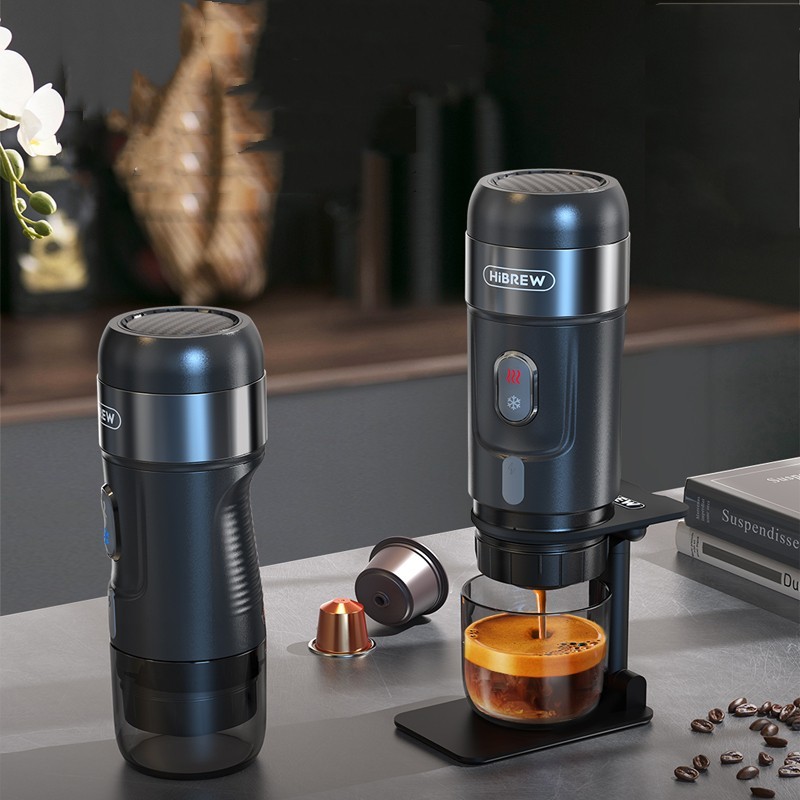
Coffee and Your Mind: Friend or Foe?
Coffee – it fuels our mornings, fuels our social gatherings, and fuels… our anxiety. While coffee can be a mental health booster, it can also turn on us if we’re not careful. Let’s break down the good, the bad, and the brew-tiful.
A. The Perks of Your Daily Cup: Brainpower and Beyond
Coffee can be a real brainpower beverage. Studies suggest it can improve focus, attention, and even memory. Plus, that caffeine kick can elevate your mood and chase away those tired blues. And let’s not forget the social side of coffee! Sharing a cup with friends or colleagues can be a great way to connect and bond.
Table: Coffee’s Positive Impact on Mental Well-being
| Positive Effects | Details |
|---|---|
| Enhanced cognitive function | Improved focus, attention, and memory |
| Mood enhancement | Elevates mood and reduces feelings of fatigue |
| Social benefits | Promotes social interaction and bonding over coffee |
B. When Coffee Turns Up the Volume: The Jitters and Beyond
Too much of a good thing can sometimes be bad, and coffee is no exception. For some folks, excessive caffeine intake can lead to anxiety and those not-so-fun jitters. If you find your heart racing after your latte, it might be a sign you’re overdoing it. Also, that afternoon pick-me-up might come back to haunt you at night – caffeine close to bedtime can disrupt sleep patterns. And to top it off, abruptly quitting coffee can lead to withdrawal symptoms like headaches and fatigue.
Table: Potential Risks of Excessive Coffee Consumption on Mental Health
| Potential Risks | Considerations |
|---|---|
| Anxiety and jitteriness | Excessive caffeine intake may exacerbate anxiety symptoms |
| Sleep disturbances | Caffeine consumption close to bedtime may disrupt sleep patterns |
| Withdrawal effects | Abrupt cessation of caffeine may lead to withdrawal symptoms |
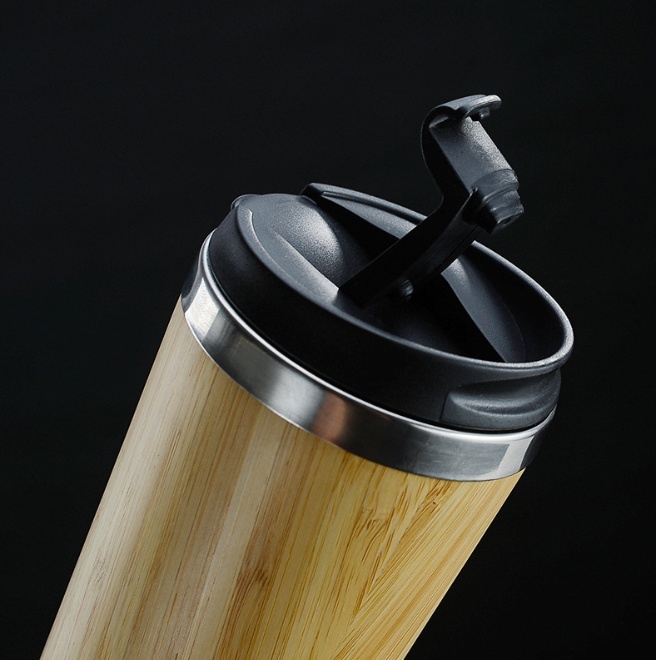
C. Finding Your Coffee Sweet Spot
The key to enjoying coffee’s benefits without the downsides is personalization. Listen to your body! Some people can handle a strong cup without a hitch, while others are more sensitive to caffeine. Experiment to find the amount that works for you, and be mindful of how coffee affects your mood and sleep. If you notice any negative effects, adjust your intake or switch to decaf.
Remember, there’s a whole world of coffee options out there. Explore different bean types, brewing methods, and even milk alternatives to find a cup that delights your taste buds and supports your mental well-being. Happy caffeinating!
Coffee and Your Body: Friend or Foe?
Coffee – it gets our hearts pumping in the morning, but is it giving our health a boost or a backflip? The truth is, that coffee’s effects on our bodies are complex. Let’s break down the good, the bad, and the brew-ha-ha.
A. Heart Health: A Mixed Brew
Coffee’s impact on our hearts is a bit of a mystery. While it can cause a temporary spike in blood pressure, studies on long-term effects are mixed. The good news? Moderate coffee consumption might even lower the risk of some heart diseases. Coffee can also affect cholesterol levels, but research isn’t entirely clear on how.
Table: Coffee’s Cardiovascular Effects
| Cardiovascular Effects | Details |
|---|---|
| Blood pressure | Coffee may transiently elevate blood pressure, with long-term effects varying |
| Heart health | Moderate coffee consumption may reduce the risk of certain cardiovascular diseases |
| Blood lipid profiles | Coffee consumption may impact lipid metabolism, with mixed findings |
B. Coffee and Your Workout: A Match Made in Sweat Heaven?
Hitting the gym? Coffee might be your secret weapon! Caffeine can be a pre-workout game-changer. It can improve your endurance, making those long runs or tough sets feel a little easier. It might even boost your muscle strength and power output. Plus, that caffeine kick can help you delay fatigue, allowing you to push further during your workout.
Table: Coffee’s Impact on Exercise Performance
| Exercise Performance | Considerations |
|---|---|
| Improved endurance | Caffeine may enhance endurance and reduce perceived exertion during exercise |
| Muscle strength | Coffee consumption may improve muscle strength and power output |
| Fatigue reduction | Caffeine’s stimulating effects can delay fatigue onset and improve exercise capacity |

C. Coffee Consumption: Not a One-Size-Fits-All Recipe
While coffee offers potential benefits, it’s important to consider individual factors. Pregnant women should limit caffeine intake due to potential risks. People with certain medical conditions should consult their doctor before downing endless cups. Additionally, as we age, our sensitivity to caffeine can change, so listen to your body and adjust your intake accordingly.
Beyond the Bean: Brewing a Better Future for Coffee
Coffee fuels our mornings, but how is that morning cup impacting the world around us? Let’s explore the ethical and environmental side of coffee production, and how you can choose coffee that benefits both your taste buds and the planet.
A. Brewing a Fair Cup: Supporting Coffee Farmers
Coffee may be a global commodity, but the farmers who grow it often face unfair wages and limited resources. Fairtrade practices aim to change that.
Table: Fair Trade Practices: A Bean Up for Everyone
| Fair Trade Practices | Details |
|---|---|
| Fair wages | Ensures coffee farmers receive a fair price for their beans, allowing them to invest in their livelihoods. |
| Community development | Supports social programs in coffee-growing regions, like building schools and healthcare facilities. |
| Environmental stewardship | Encourages sustainable farming practices that protect the environment. |
B. Growing a Sustainable Future: Eco-Friendly Coffee
Coffee plants are finicky, and traditional farming methods can take a toll on the environment. Luckily, sustainable practices are brewing a better future.
Table: Eco-Friendly Coffee: Good for You, Good for the Planet
| Environmental Sustainability | Considerations |
|---|---|
| Shade-grown coffee | Protects rainforests and promotes biodiversity by providing habitat for birds and insects. |
| Water conservation | Uses water-saving irrigation techniques to minimize environmental impact. |
| Soil health | Focuses on organic farming methods to improve soil quality and reduce reliance on chemical fertilizers. |
C. Choosing the Right Beans: Certifications for Conscious Consumers
Not all coffee is created equal. Here are some certifications to look for when you want to make a responsible choice:
| Certifications and Labels | Recommendations |
|---|---|
| Organic certification | Guarantees your coffee is grown without synthetic pesticides or fertilizers, promoting healthier soil and ecosystems. |
| Rainforest Alliance Certified | Supports farms that prioritize sustainability, wildlife conservation, and worker well-being. |
| Direct trade | Ensures a fairer deal for farmers by establishing direct relationships between them and coffee roasters or retailers, leading to better pay. |
By understanding these issues and seeking out ethically and sustainably sourced coffee, you can enjoy your cup knowing it supports a better future for coffee farmers and our planet. So next time you reach for a cup, choose one that brews a positive impact!
Brewing the Future: Where is Coffee Going?
Coffee is more than just a morning pick-me-up – it’s a global industry in constant evolution. So, what’s brewing on the horizon? Let’s explore some of the exciting innovations and trends shaping the future of coffee.

A. High-Tech Brews: Coffee Gets a Tech Upgrade
Move over, Mr. Coffee! The future of coffee brewing is getting smart.
Table: High-Tech Brews
| Technological Advancements | Details |
|---|---|
| Smart coffee machines | Imagine a coffee maker that learns your preferences and brews the perfect cup every time. Smart machines with Internet of Things (IoT) technology are on the way. |
| Precision brewing equipment | Coffee connoisseurs rejoice! New brewing methods offer ultimate control over water temperature, pressure, and brew time, unlocking the full potential of every bean. |
| Sustainable brewing solutions | Eco-conscious coffee lovers can look forward to innovative brewing methods that minimize environmental impact, like reducing water usage or using compostable pods. |
B. Bean There, Done That: The Changing Coffee Consumer
Coffee drinkers today are a curious bunch, with evolving tastes and priorities.
Table: The Changing Coffee Consumer
| Consumer Preferences | Considerations |
|---|---|
| Specialty coffee culture | Forget instant coffee! Consumers are increasingly seeking high-quality, artisanal coffee experiences, from single-origin beans to unique brewing methods. |
| Health-conscious choices | Wellness is on the menu! Consumers are interested in coffee with added functional ingredients or health benefits. |
| Gen Z and millennial influence | Younger demographics are driving a shift towards sustainable practices and ethical sourcing, shaping the future of the coffee industry. |
C. A Global Cup: Coffee’s Expanding Reach
The love of coffee is brewing around the world, and the industry is adapting to a changing landscape.
Table: A Global Cup
| Globalization and Market Dynamics | Insights |
|---|---|
| Emerging coffee markets | Get ready for a global coffee boom! Coffee consumption is on the rise in developing regions, creating new opportunities for farmers and businesses. |
| Supply chain resilience | Climate change and geopolitical issues can disrupt coffee production. The industry is working on building a more resilient supply chain to ensure a steady flow of our favorite beverages. |
| Direct-to-consumer models | The traditional cup of joe might be delivered straight to your door. Online coffee sales and subscriptions are disrupting distribution channels, offering consumers more choice and convenience. |
So, the next time you savor a cup of coffee, remember – it’s not just a drink, it’s a connection to a global industry that’s constantly brewing something new.
Navigating Coffee Culture Around the Globe
Exploring coffee culture across different regions offers insights into the diverse ways coffee is enjoyed and integrated into daily life. By understanding the nuances of coffee consumption practices and traditions worldwide, individuals can appreciate the cultural significance of this beloved beverage and its role in fostering connections and community.
A. European Coffee Traditions and Rituals
| European Coffee Traditions | Insights |
|---|---|
| Espresso culture in Italy | Emphasis on quality and tradition in espresso preparation |
| Café culture in France | Social gatherings centered around café terraces and espresso drinks |
| Scandinavian coffee rituals | Focus on light roasts and specialty coffee appreciation |
B. Asian Coffee Culture and Innovation
| Asian Coffee Culture | Considerations |
|---|---|
| Japanese coffee culture | Embracing pour-over brewing methods and third-wave coffee trends |
| Vietnamese coffee traditions | Unique preparations like egg coffee and strong, sweetened brews |
| Korean café culture | Trendsetting coffee aesthetics and experiential café designs |
C. Latin American Coffee Heritage and Community
| Latin American Coffee Heritage | Details |
|---|---|
| Colombian coffee traditions | Celebrating the richness and diversity of Colombian coffee regions |
| Brazilian coffee culture | Influence of Brazilian coffee farms and vibrant café scenes |
| Central American coffee customs | Connection to indigenous coffee cultivation practices and cooperative farming |
Further Reading
1. Mayo Clinic – Caffeine: How Much is Too Much?
Explore in-depth insights into caffeine consumption, its effects on health, and recommendations for safe intake levels.
2. Medical News Today – How Much Caffeine in Coffee?
Discover information about the caffeine content in various types of coffee and its potential health effects.
3. PubMed Central – Caffeine Consumption and Its Health Effects
Dive into a comprehensive study on caffeine consumption, its health benefits, and potential risks.
4. Johns Hopkins Medicine – Reasons Why the Right Amount of Coffee is Good for You
Learn about the potential health benefits of moderate coffee consumption supported by scientific evidence.
5. Healthline – How Much Caffeine is in Coffee?
Explore the caffeine content of different coffee types and brewing methods, along with tips for managing caffeine intake.
Read about the effects of caffeine on physical performance and its potential benefits for athletes and active individuals.
7. U.S. Food and Drug Administration – Spilling the Beans: How Much Caffeine is Too Much?
Gain insights into the FDA’s recommendations regarding safe caffeine consumption levels and potential adverse effects.
8. CoffeeGeek – A Bit About Caffeine
Explore an informative article discussing various aspects of caffeine, its extraction in coffee, and its effects on flavor and brewing techniques.